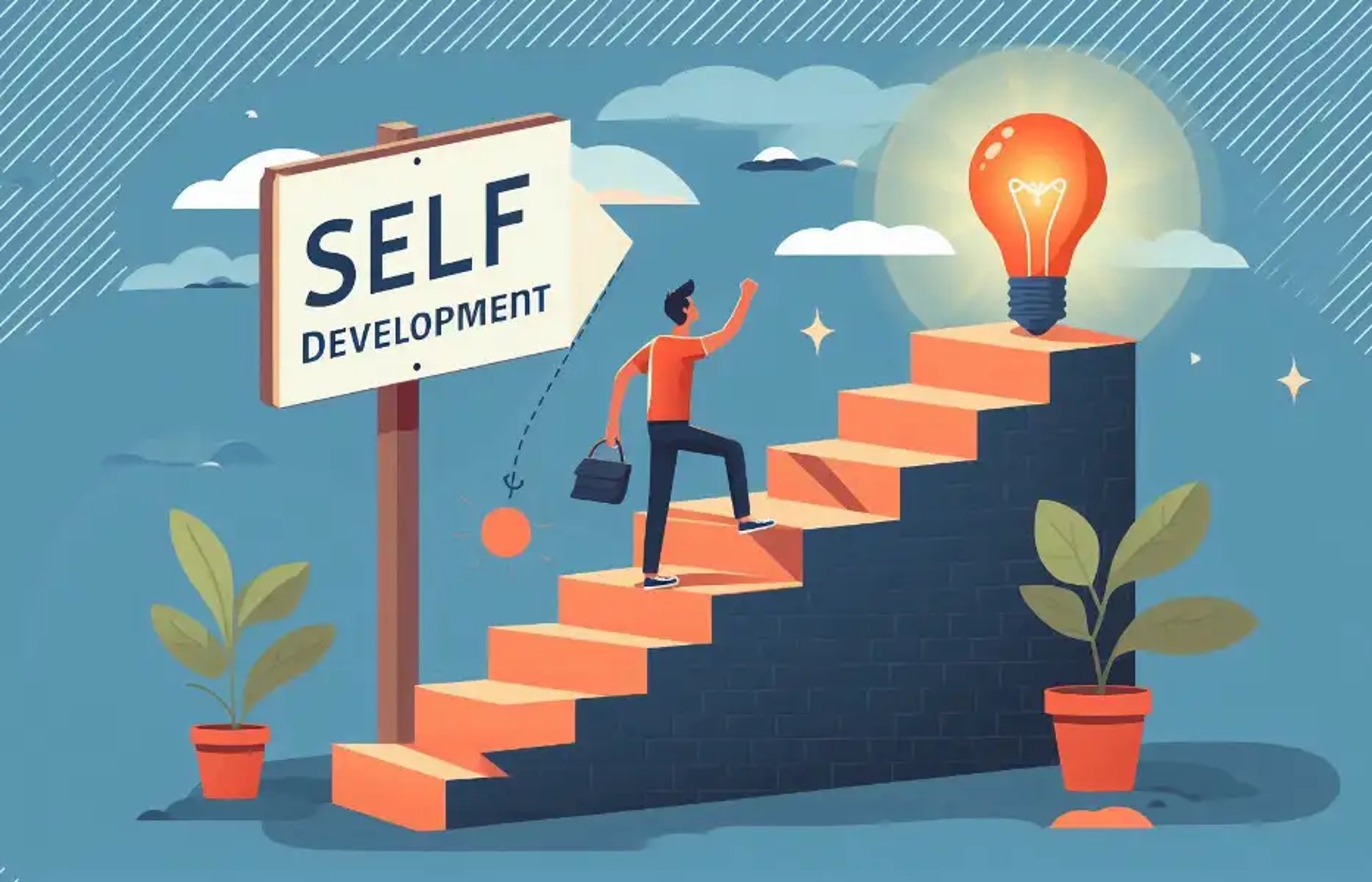
The Art of Letting Go: How to Free Yourself from the Past
Letting go is one of the most challenging yet liberating acts of self-development. Whether it’s a grudge, a failure, a fear, or a relationship that no longer serves you, holding on can weigh you down and prevent you from moving forward. In this article, we’ll explore why letting go is essential for personal growth and how you can master this transformative art.
Why Letting Go is Hard
Letting go can feel like losing a part of yourself. Often, we cling to things because:
Emotional Attachment: The memories and emotions tied to people or events make it difficult to move on.
Fear of the Unknown: Letting go often means stepping into uncharted territory.
Sense of Identity: We sometimes define ourselves by past experiences, even negative ones.
Need for Control: Holding on can create an illusion of stability.
Understanding these reasons is the first step toward breaking free from the past.
The Benefits of Letting Go
Emotional Freedom: You’ll feel lighter and more at peace when you release burdens.
Improved Mental Clarity: Letting go clears the mental clutter, allowing you to focus on the present.
Stronger Relationships: Releasing grudges or unmet expectations improves interpersonal connections.
Personal Growth: Letting go fosters resilience and helps you grow stronger through adversity.
Steps to Master the Art of Letting Go
1. Acknowledge Your Feelings
Pretending that you’re unaffected won’t help. Take time to identify and understand your emotions. Journaling or talking to someone you trust can be a great way to process what you’re feeling.
2. Accept What You Cannot Change
Some things are beyond your control. Focus on what you can influence, and practice radical acceptance for the rest. This mindset shift is key to letting go.
3. Forgive (Even If They Don’t Deserve It)
Forgiveness isn’t about excusing someone else’s actions—it’s about freeing yourself from the pain they caused. Remember, holding onto anger or resentment hurts you more than anyone else.
4. Focus on the Present Moment
The past cannot be changed, but the present is within your grasp. Practice mindfulness through meditation, deep breathing, or simply paying attention to your surroundings to stay grounded.
5. Shift Your Perspective
Instead of viewing a loss or failure as the end, see it as an opportunity to learn and grow. Reframe your narrative to highlight the lessons rather than the pain.
6. Create a Ritual for Closure
Sometimes a symbolic act can help you move on. Write a letter to the person or situation you’re letting go of, then burn or shred it. This physical act can feel like releasing the emotional weight.
7. Surround Yourself with Positivity
Spend time with people who uplift and inspire you. Engage in activities that bring joy and fulfillment to your life. Positive experiences make it easier to leave negativity behind.
Practical Exercises to Help You Let Go
Visualization: Imagine yourself cutting a cord that ties you to the past. Visualize yourself feeling lighter and free.
Gratitude Practice: Focus on what you’re thankful for today. Gratitude shifts your mindset from loss to abundance.
Mindful Walking: Go for a walk and with each step, mentally release something you’re holding onto.
Letting Go Takes Time
Remember, letting go is a process, not a one-time event. Be patient with yourself and celebrate small victories along the way. The more you practice letting go, the easier it becomes to embrace change and live freely.
Conclusion
Letting go is a powerful act of self-liberation. It allows you to break free from the chains of the past and create space for new opportunities and growth. By practicing the steps outlined above, you can master the art of letting go and move forward with a lighter, more joyful heart.
What are you ready to let go of today? Share your thoughts in the comments below!
